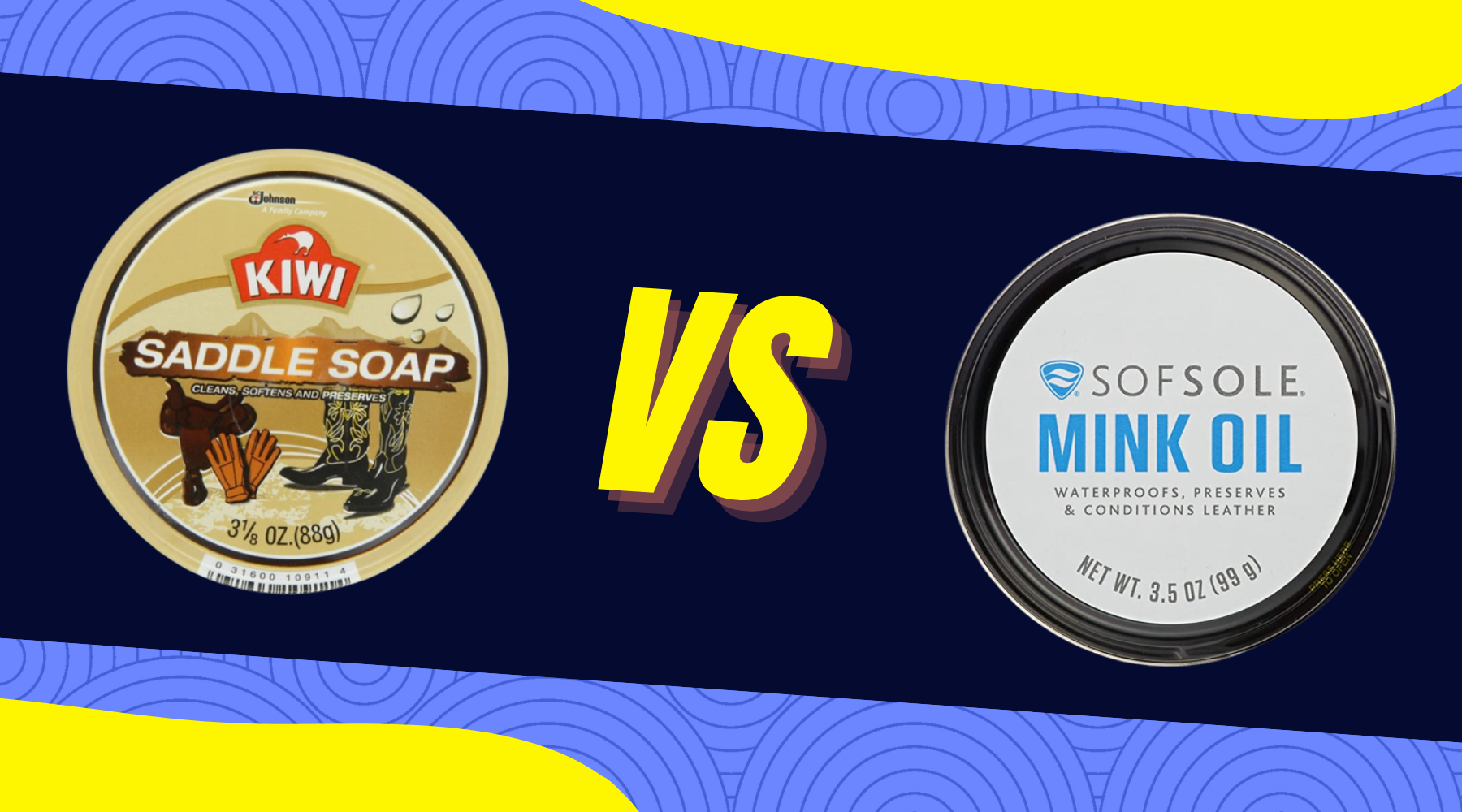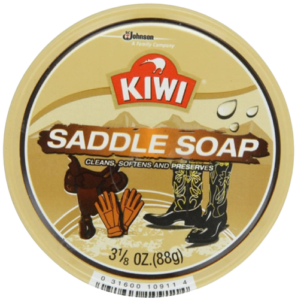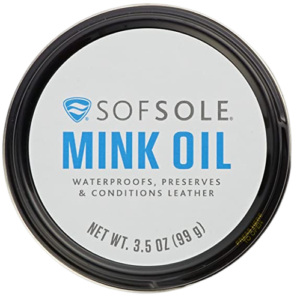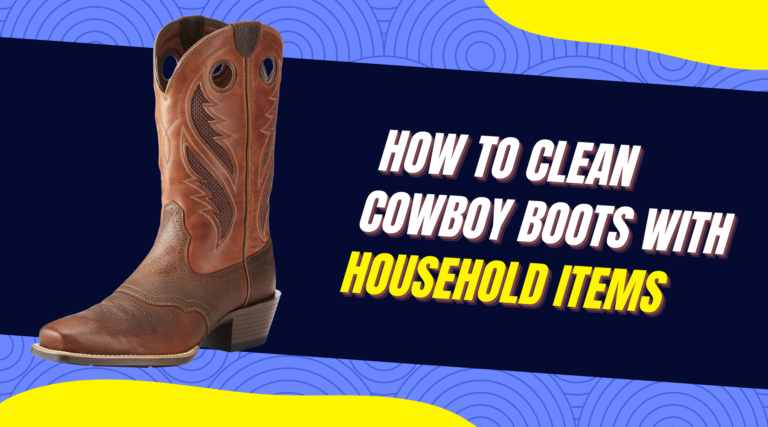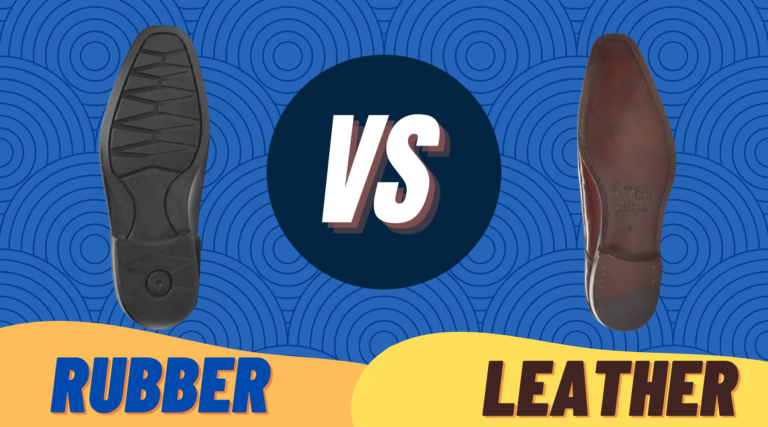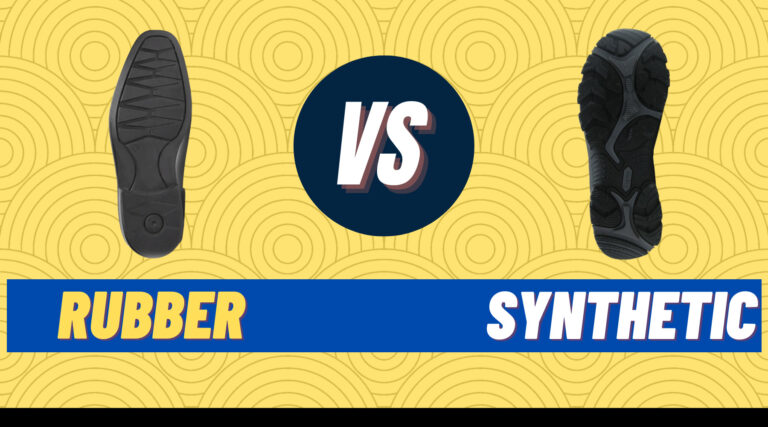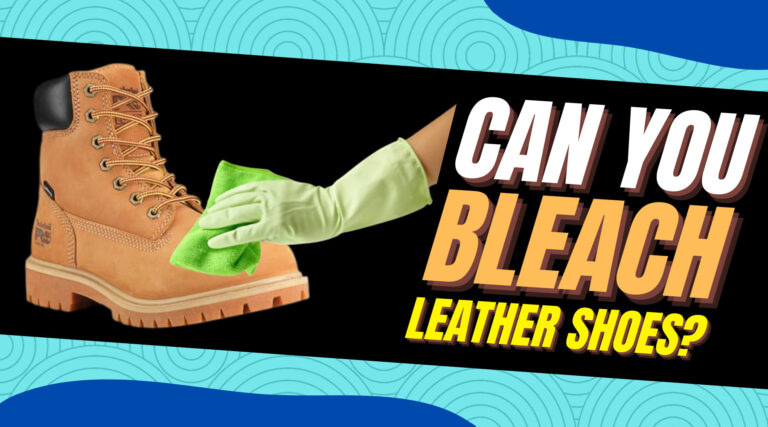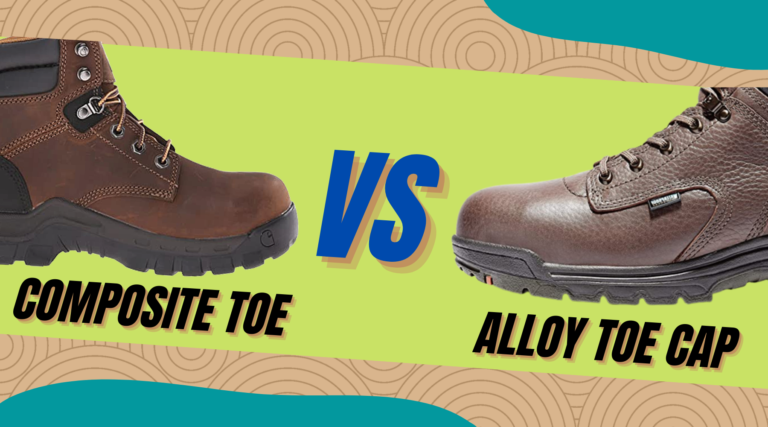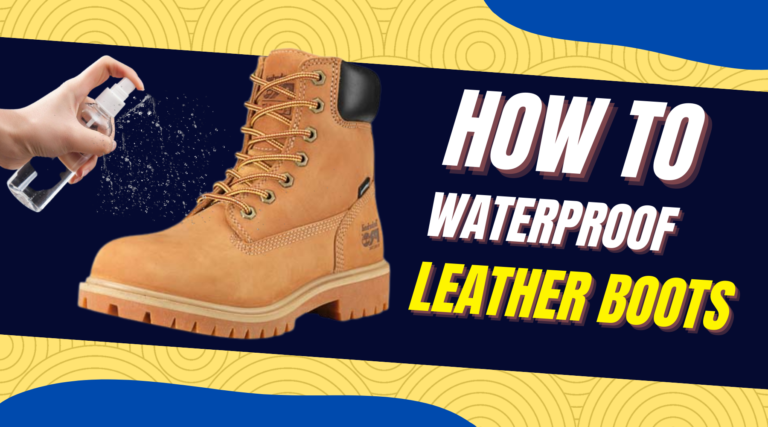Saddle Soap vs Mink Oil – Which Works Best For Boots?
Leather requires time, attention, and compassion. You have to take good care of it and cleanse it thoroughly. But, saddle soap vs mink oil, which is the best? What will suit better with your leather and restore its health for a lifetime?
In this article, I will tell you every detail about the saddle soap uses, benefits, and mink oil. You will find the comparison at the end to decide your favorite cleaner and keeper for leather.
Table of Contents
What Is Saddle Soap?
Saddle soap is a cleaning and protective product initially marketed for leather saddles. They are usually used to clean, condition, and maintain horses’ saddles but are not limited. Most of the saddle soaps can be used on boots, jackets, belts, and other leather products. It is usually labeled on the product.
The ingredients of saddle soap differ as it depends on manufacturers, but the standard components are beeswax, lanolin, and neatsfoot oil. These fatty waxes help to condition and clean the leather. Lanolin is a wooly substance derived from sheep to take good care of leather products.
Let’s see the benefits and cons of this product:
Pros
- Thorough cleaning
- Astringent properties to take out the dirt
- Convenient and easy to use
- Readily available in the market
Cons
- Can leave the leather dry
How Does Saddle Soap Work?
More than half of the ingredients in saddle soap are waxes, and they are used for extensive cleaning of leather. Thus, the product tends to seep into pores and leather and strip out any dirt and stain. The downside is it also takes out natural oil and wax from the leather.
As the name suggests, this kind of cleaning is perfect for saddles or any other thick leather. But, for thin leather, you want some oil and conditioning to stay on leather for longevity. So, most people then opt for leather conditioners after cleaning. So, let’s see how you can use saddle soap for leather boots.
How To Clean Boots With Saddle Soap?
Cleaning with saddle soap is easy. Follow the steps below to take out every stain from your beloved leather boots:
Step 1: Use a toothbrush, horsehair brush, or towel to clean the excess dirt from boots.
Step 2: Wet the brush and rub it on the saddle soap surface
Step 3: Apply the soap on your boots in circular motions
Step 4: Work with the soap until you get all the dirt out
Step 5: Clean the excess with a paper towel
Step 6: Dry the boots or suede overnight
Step 7: Use a conditioner to put the natural oils and wax back in
Here you go, cleaning the boots has never been so easy, but there are also some tips you should keep in mind. These things may help you in cleaning and conditioning the boots thoroughly.
- Make sure to remove shoelaces as they can accumulate product and dirt
- The more saddle soap you put, the more dirt, natural oil, and wax it will strip out
- Leaving the soap on will make your leather coarse as it quickly sets in
- Use spot treatment to clean a specific stain on the boots
- Always end with a conditioner as it can make your leather long-lasting.
Now you know everything about saddle soap, let’s look at the objectives and uses of mink oil. Knowing these products individually will help you to choose and compare their uses.
What Is Mink Oil?
Mink oil is mainly derived from the fatty layer of minks or sometimes pigs. The oil contains palmitoleic acid, also called omega-7-fatty acid, that conditions and cleans the leather. Thus, the product is associated mainly with conditioning, moisturizing, and softening the leather. This oil has been famous for decades. Everyone who owns leather has heard of mink oil.
Mink oil is commonly used on leather belts, shoes, jackets, and furniture, but there is also a downside to using it. So, let’s know the pros and cons of mink oil:
Pros
- Extensive conditioning of the leather
- Locks in moisture in leather pores
- Soften the leather by accumulating pores
- Improves longevity and durability
- Make a layer of water resistance on boots
Cons
- Darkens the leather.
Mink oil and saddle soap provide tough competition to each other. Does mink oil for boots work well? Or is this the job for saddle soap? Both of them come with solid uses and some drawbacks. To know their thorough differences, read below:
Difference Between Saddle Soap & Mink Oil?
So, mink oil vs saddle soap, which will be the winner for you? Both of them provide performance but perfection can be subjective to everyone. Thus, their fundamental difference is explained below:
1. Cleaning
The sole purpose of saddle soap is to clean and strip out all the dirt and mud from your shoes. It does provide a satisfactory performance by making your boots look neat, clean, and spot-free. On the other hand, mink oil does not clean the leather thoroughly- it can remove dirt to some extent.
2. Conditioning
Saddle soap does strip out the dirt but also the natural oils, waxes, and other conditioning substances too. This soap is made of harsh chemicals, so it has a strong effect and does not condition the leather. Although nowadays some companies are using ingredients in saddle soap to make it somewhat conditioning. But mink oil is perfect for providing moisture, softness, and life to your boots. It works by setting in and clogging the pores of the leather and conditioning them in return.
3. Water Resistance
Saddle soap does not contain any ingredient that accumulates pores or makes the boots water-resistant. Although it can clean the harsh stain caused by extreme weather conditions. On the other hand, mink oil is a polar substance that works by forming a layer on boots and repelling water from its surface. The boot does not get a waterproof tag, but it can bear light rainfall or snow.
4. Leather Durability
Saddle soap does not increase the durability of thin leathers as drying out all the material can make the boot weaker and more prone to breakage. However, mink oil conditions the leather and makes them soft, but in the long term, it can harden the boot, resulting in cracks.
Which One Is The Winner?
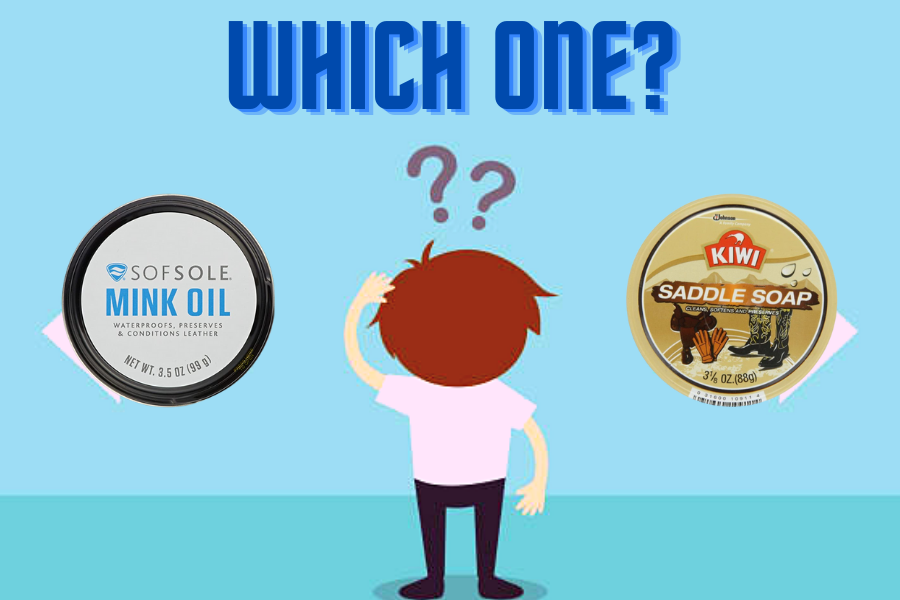
You can use saddle soap on suede or leather boots if you have dirty and muddy working conditions; when your boots are rough and need some deep cleaning, you can put on the soap to wipe each bit and corner.
But if your boots are not accumulated with mud and require a bit of conditioning- you should use mink oil. It is perfect for people who want some water resistance and softening of the shoes. If you do not want to darken the boots, you can try a product that contains a tiny amount of mink oil and does not affect shoe shade.
FAQs
Does saddle soap soften the leather?
Saddle soap scrapes out all the oils and waxes of the leather; thus, if you want to soften the boots and leather, opt out for mink oil. It sinks into pores and conditions the leather too.
Does saddle soap waterproof leather?
No, saddle soap does provide a thorough cleaning, but the ingredients do not form a layer for waterproofing. You can use waterproofing spray, silicone spray, or mink oil to get your desired proofing trait.
Does saddle soap condition leather?
No, saddle soap does not condition the leather as it strips out the layer of oil and waxes too. Although some products claim a conditioning effect, it is not ample enough. You have to use a conditioner in the end.
Is saddle soap good for leather boots?
Yes, saddle soap is suitable for the extensive cleaning of leather boots. It strips out all the stains and mud from the layer to make the boots spot-free. But you have to use a conditioner at the end to make it soft and durable.
Is mink oil good for leather boots?
Mink oil not only conditions but also provides softening, moisturizing and waterproof effects on boots. Thus, mink oil is suitable for leather; the downside is it darkens the shade of leather to some shades.
Can you use saddle soap on suede?
You should not use saddle soap on suede as it can damage the thin leather and change its texture. The soap is made from harsh chemicals and waxes that are primarily appropriate for thick leather.

